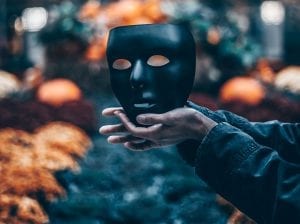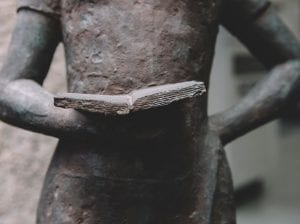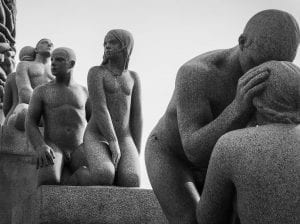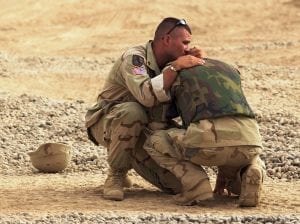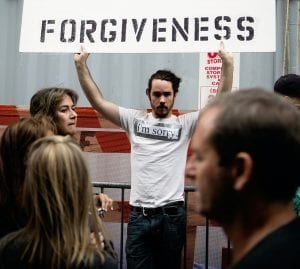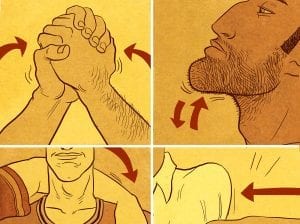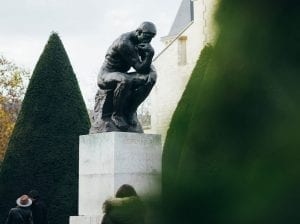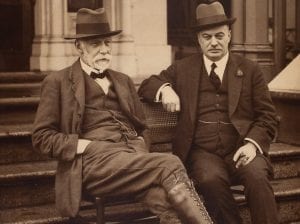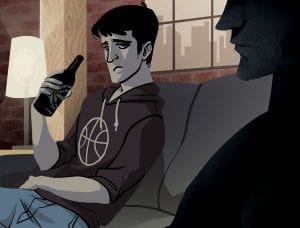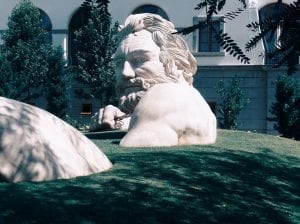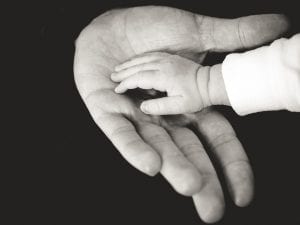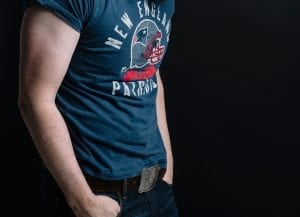The Straight and Narrow
What if it turns out that homophobia is not about hate but envy?
A study published in April of 2012 concluded that homophobia is more pronounced in people who identify as straight but demonstrate same-sex attraction in psychological tests. “These are people who are at war with themselves,” the authors observed, then suggested a link to hate crimes: “People in denial about their sexual orientation may lash out because gay targets threaten and bring this internal conflict to the forefront.”
That repressed homosexuals are predisposed to anti-gay sentiment is neither surprising nor news. But that doesn’t mean every playground bully grows up to be gay. For example, in one famous case, straight Rutgers student Dharun Ravi spied on and joked online about his gay roommate, Tyler Clementi, who subsequently committed suicide. The Rev. Sean Harris of North Carolina, married for 22 years, advised parishioners to beat their children if they suspected them of being gay.
However, if the study’s premise holds—that homophobia is the manifestation of an internal conflict—what conflict are unrepressed heterosexuals expressing when they “lash out”?
To answer that, we have to go beyond these types of studies, which often use pornography and a plethysmograph (an instrument that measures genital blood flow) to measure same-sex arousal no matter the sexual orientation a person claims to hold. Such studies may yield interesting data, but they also imply that sexual orientation is strictly carnal. By obscuring the range of emotions that dictates gay love, we also obscure the reasons behind gay hate.
However far we’ve come in gay rights, masculinity has largely devolved. Fellowship, camaraderie, brotherhood—words that once described the rich connections possible among men—have fallen into a disuse that exposes how regressive modern masculinity is. It’s telling that we now even have an expression that preempts the suspicion surrounding male love: “no homo.” (It’s usually invoked after one man has said something emotional to another.)

Men deride male love as effeminate rather than confront the resentment we harbor for the intolerable emotional absences between men that we have, in fact, tolerated.
While women are encouraged to form and maintain meaningful ties within the sisterhood, men are required to forgo them. It doesn’t take a study to realize that when a full half of human intimacy is the subject of derision, a reason for ostracism, and the quickest way to emasculate a man (humorously or otherwise), that intimacy will get repressed and eventually disappear. And when it does, something vital in a man’s life disappears, too.
This loss of intimacy is fueling an underground rage in today’s men. The simultaneous desire and denial men experience for an old-fashioned brotherhood makes it no surprise that gay men have become “targets” of bullying and hate crimes. It is gay men, after all, who represent an unapologetic desire for deeper connections between men; their “orientations” dispute the idea that all men must refuse male intimacy.
But some men, most of whom are not closeted, torment those who deviate. Why? Because seeing the braver masculinity gay men represent forces straight men to realize just how cowardly their bonds have become.
It may just be the case that straight men deride male love as effeminate rather than confront the resentment they harbor for the intolerable emotional absences that they have, in fact, tolerated. Between fathers and sons, brothers, friends.
We may bully those who both tempt and incriminate us with meaningful male connection so we don’t have to feel guilty about how we have denied ourselves the same. Hate crimes may be subliminal warnings to men against wanting more from one another because wanting more means men must become more: better fathers, better sons, brothers beyond war zones and frat houses.
Those who choose to live outside the oppressive laws of masculinity boil the blood of those who abide by them. A plethysmograph cannot measure that kind of blood flow, but it can be measured by body counts. If we want to change that, we have to start seeing expressions of male love—all male love—as the timeless, natural gestures that they are.


